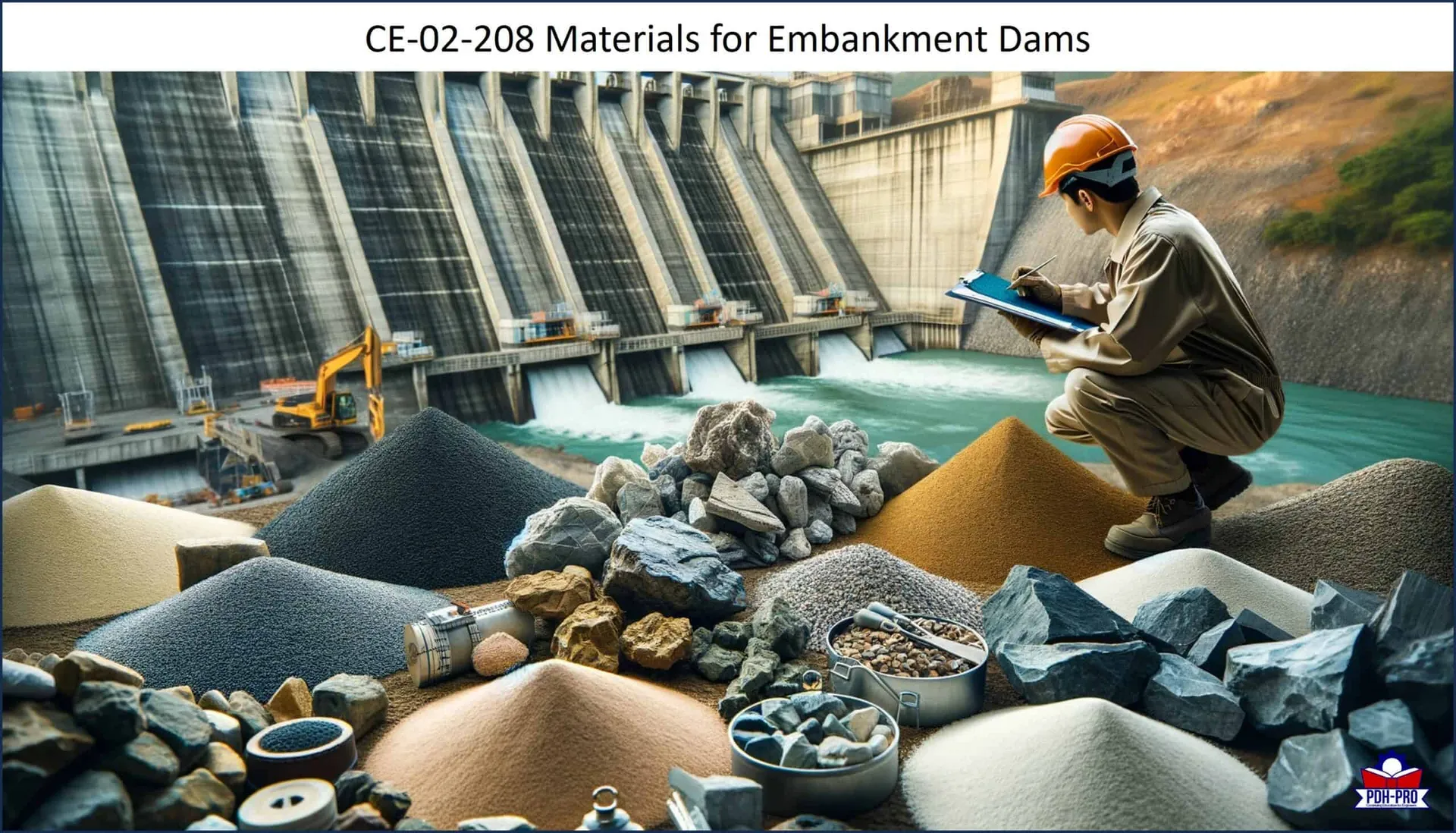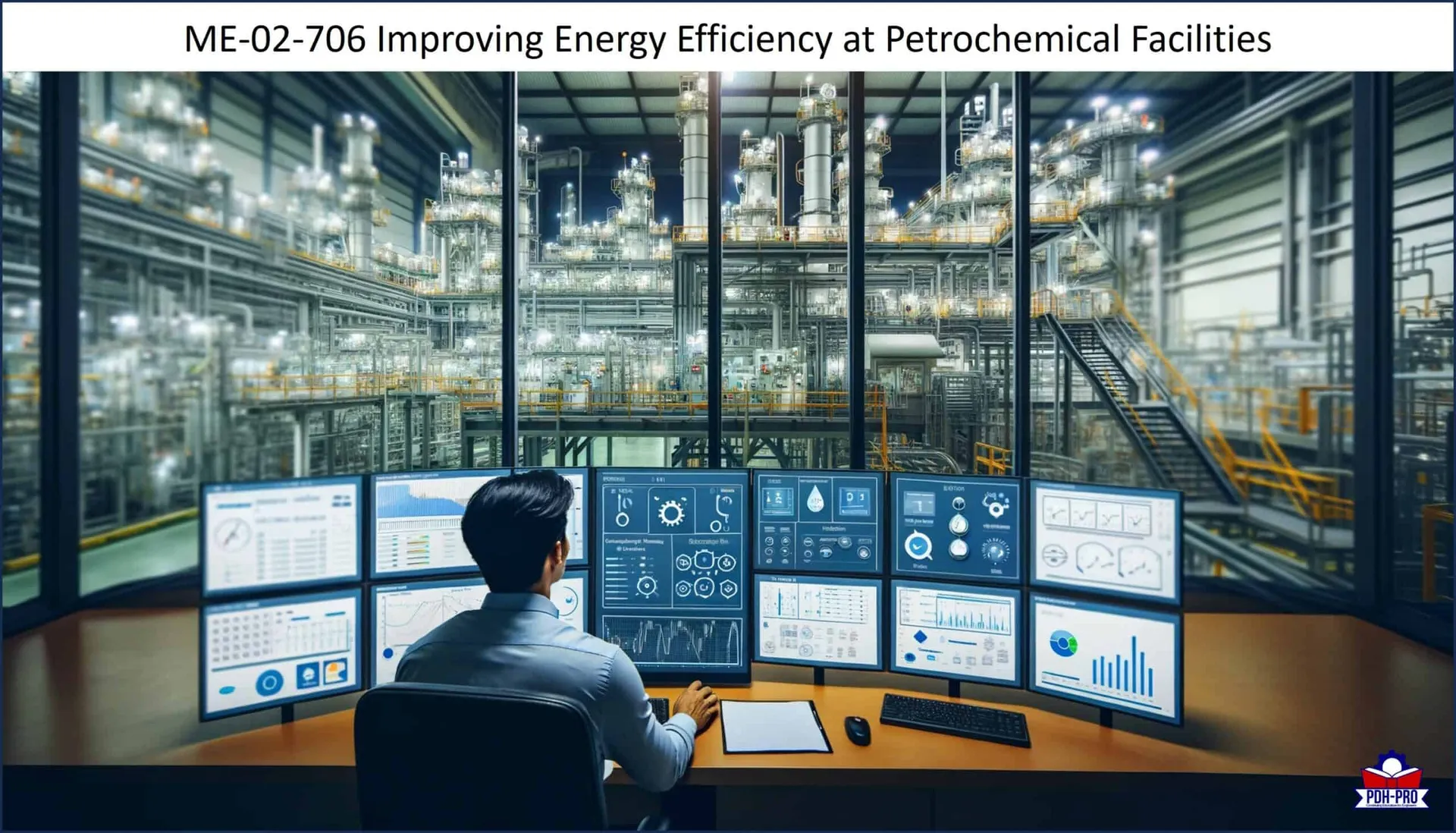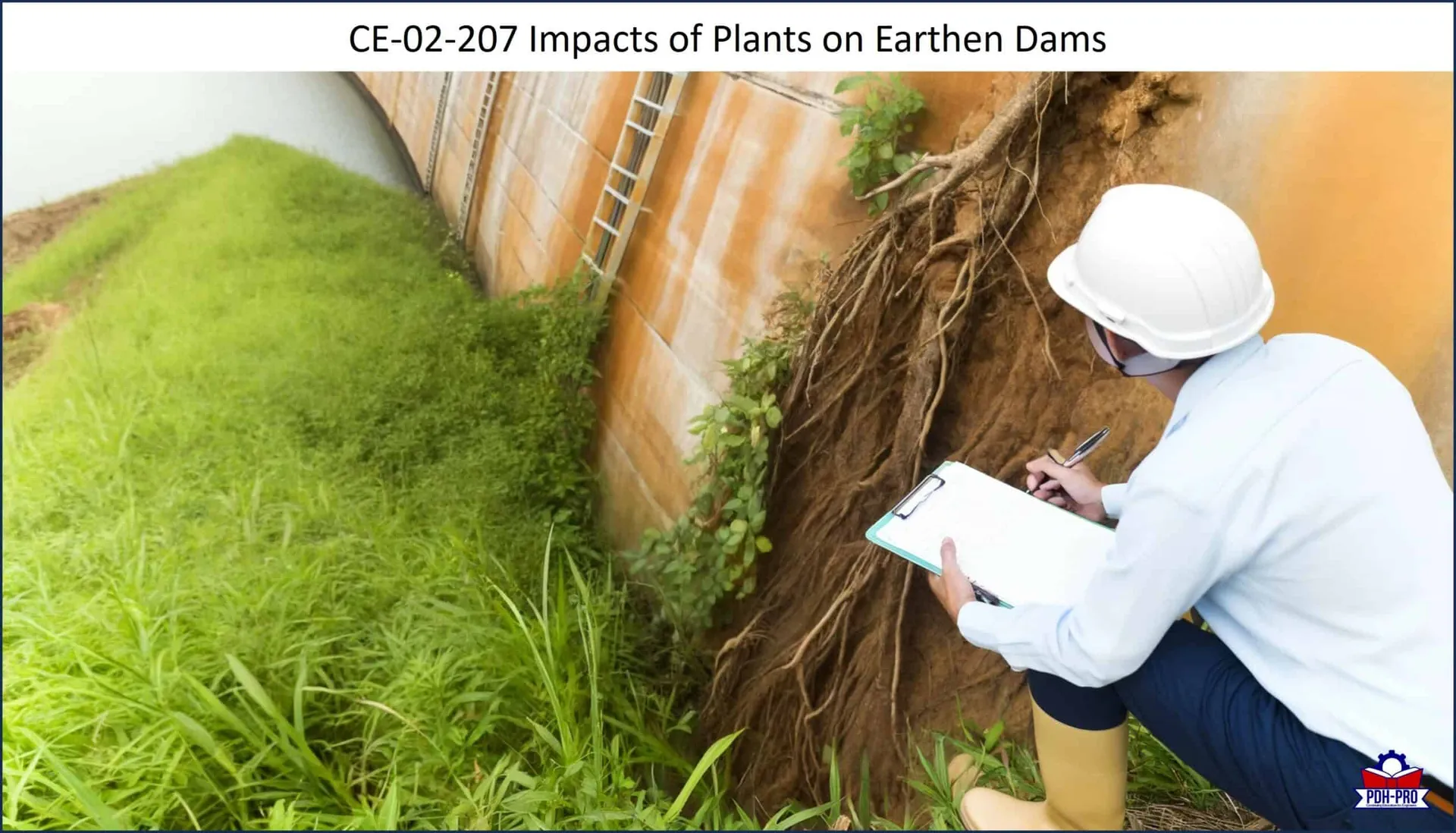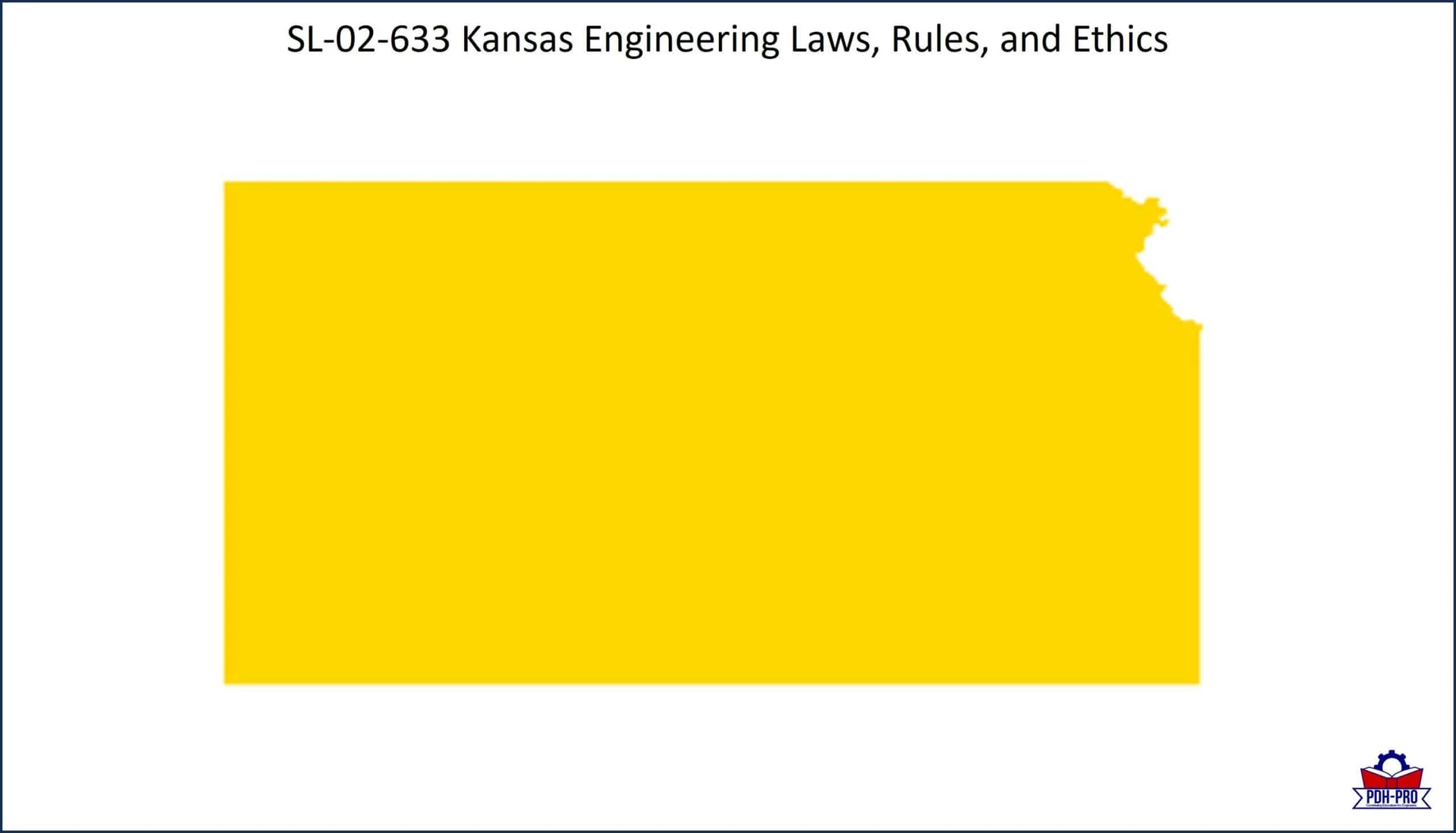
- Home
- Contact Us
- Corporate Solutions
- Webinars
- Packages
- Courses
- Categories
- Live Webinars
- Packages
- Chemical Engineering
- Civil Engineering
- Electrical Engineering
- Petroleum Engineering
- Environmental Engineering
- Geotechnical Engineering
- Mechanical Engineering
- Structural Engineering
- Sustainability
- State Rules and Regulations
- Ethics and Law
- Project Management
- HSSE
- Petroleum Engineering
- Timed & Monitored – Ohio
- On Demand Webinars
- More
Course Modern 3 Columns
Condimentum Cursus Lorem ParturientMaterials for Embankment Dams
Materials for Embankment Dams Embankment dams have served man at least 5,000 years. The remains of ancient structures and civilizations provide clues to the efforts of mankind in the engineering and construction of dams. Today, embankment dams exist in excess of 300 meters high with volumes of many millions of cubic meters of fill. Currently,…
Improving Energy Efficiency at Petrochemical Facilities
Improving Energy Efficiency at Petrochemical Facilities Energy is the most important cost factor in the U.S petrochemical industry, defined in this course as the chemical industry sectors producing large volume basic and intermediate organic chemicals as well as large volume plastics. The sector spends billions of dollars on fuels and electricity every year. Energy efficiency…
Gravel Roads Maintenance and Design
Gravel Roads Maintenance and Design Gravel roads are generally the lowest service provided to the traveling public and are usually considered greatly inferior to paved roads. In many cases, gravel roads exist to provide a means of getting agricultural products in and out of farm fields, timber out of forests, or as access to remote…
Dam Safety
Dam Safety Although dams and reservoirs are important components of the national infrastructure, existing dams are getting older, and new dams are being built in hazardous areas. At the same time, development continues in potential inundation zones downstream from dams. More people are at risk from dam failure than ever before despite better engineering and…
Impacts of Plants on Earthen Dams
Impacts of Plants on Earthen Dams Damage to earthen dams and dam safety issues associated with tree and woody vegetation penetrations of earthen dams is significant dam safety issue in the United States. Tree and woody vegetation penetrations of earthen dams and their appurtenances have been demonstrated to be causes of serious structural deterioration and…
Kansas Engineering Laws, Rules, and Ethics
Kansas Engineering Laws, Rules, and Ethics This course presents an overview of the Kansas statutes and regulations for professional engineers. It summarizes the requirements for professional engineers established by the Kansas Board of Professional Engineers. The course materials include Chapter 74 State Boards, Commissions and Authorities and Agency 66 State Board of Technical Professions. Learning…





